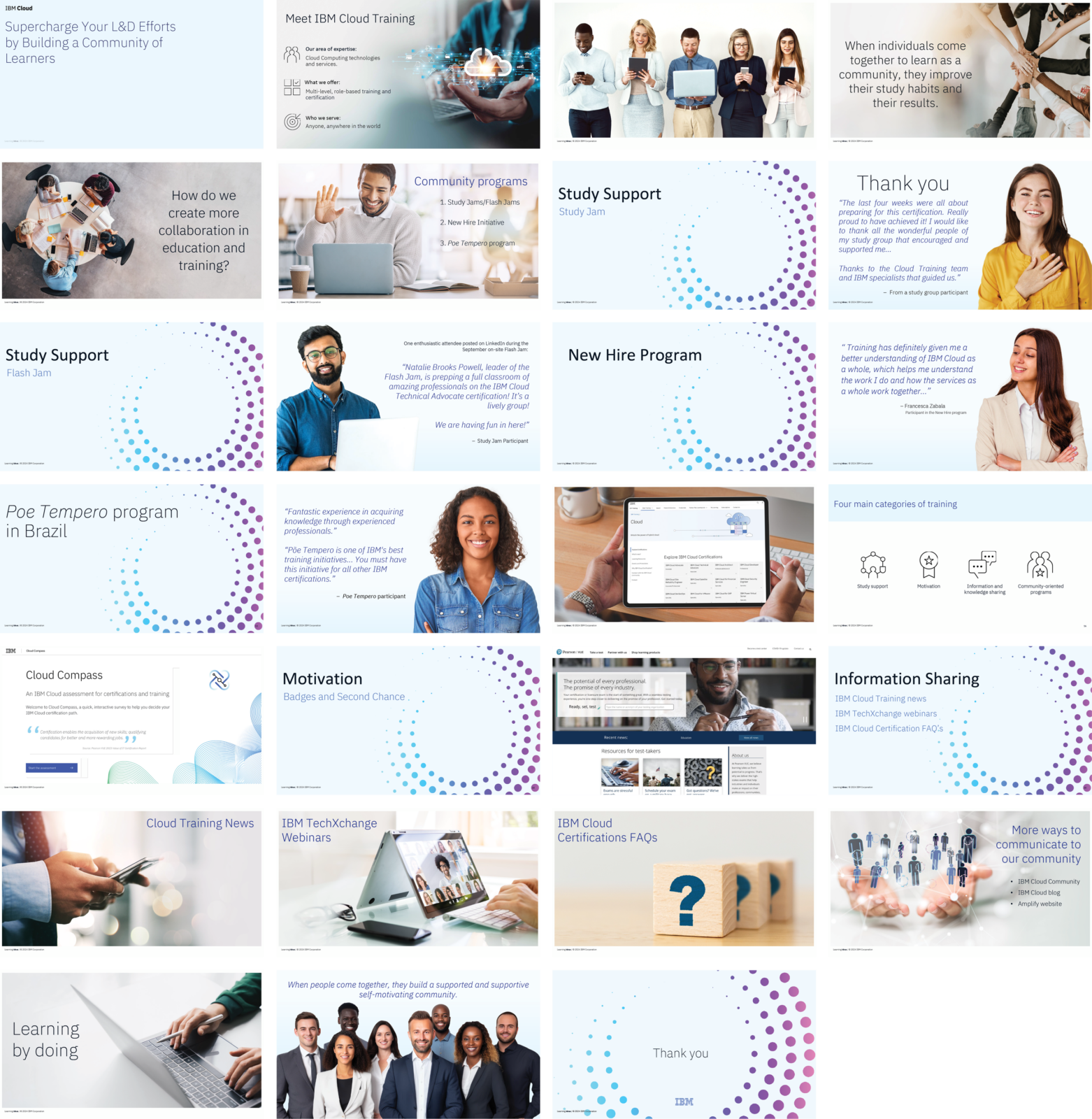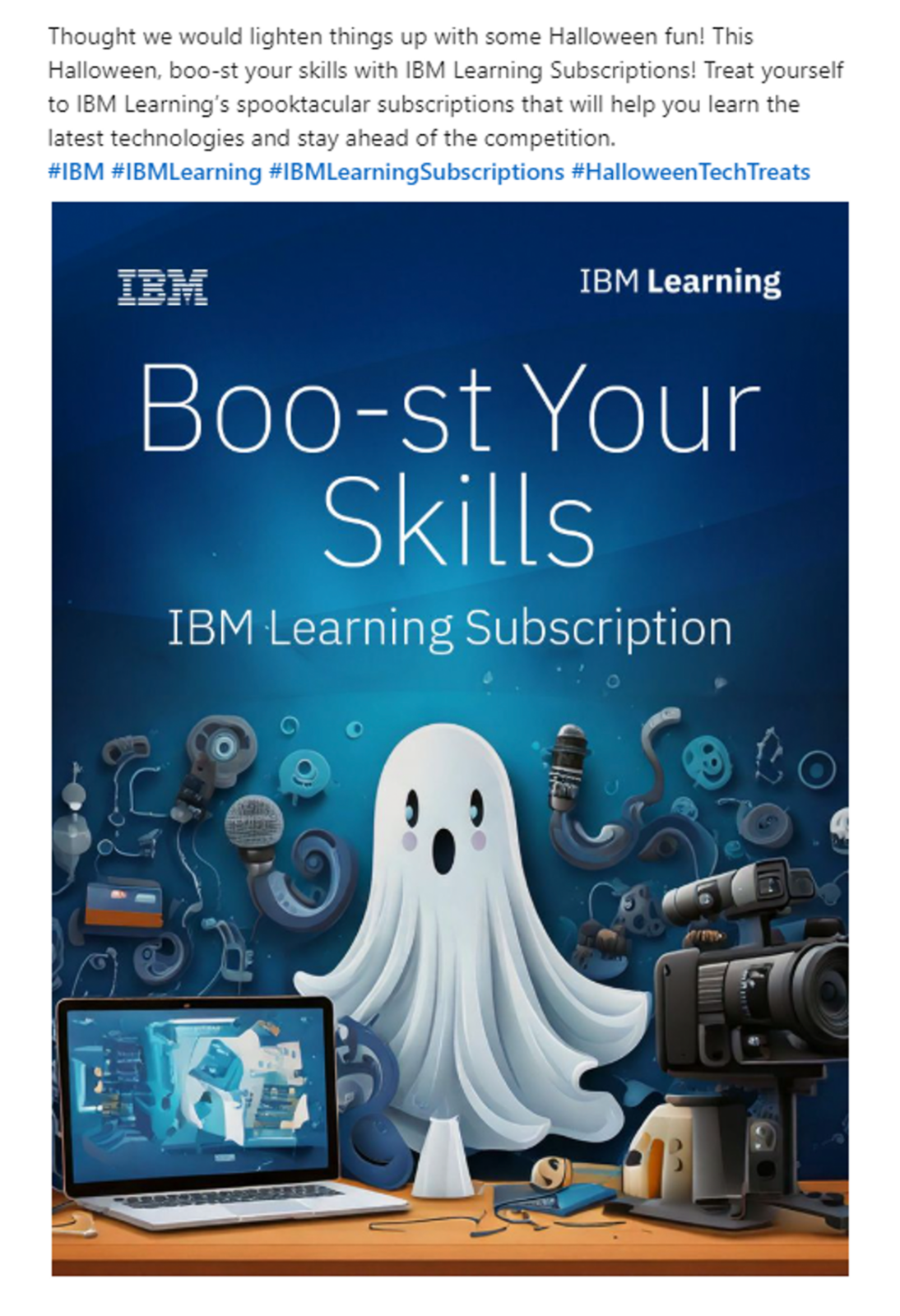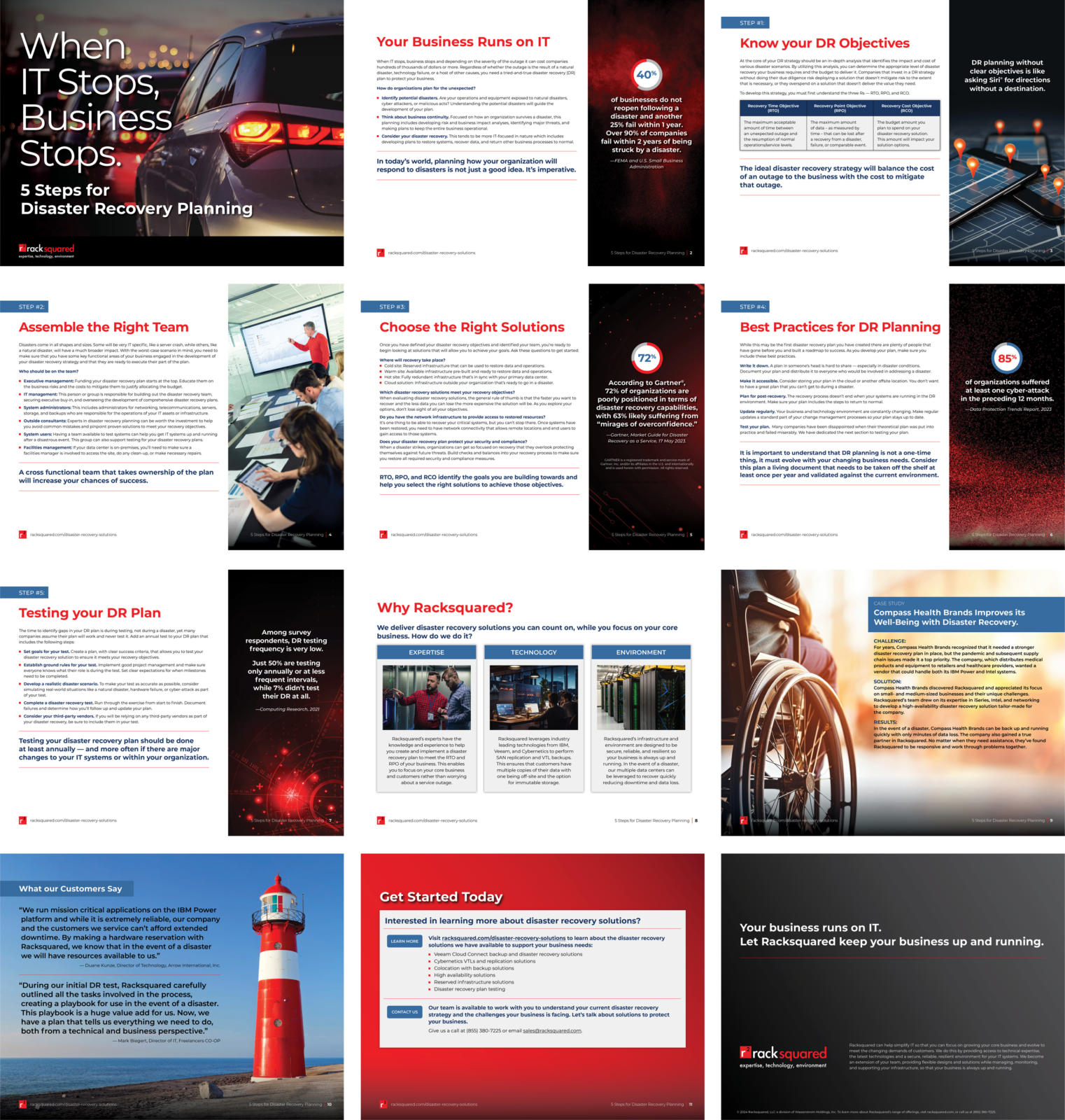In 2012, Shaku Selvakumar took the kind of step that entrepreneurs live for: She stepped out of a successful marketing career at IBM to help guide the growth of a stealth-mode startup.
That startup, CognitiveScale, took a hint from its own name: Shaku started as employee number five; the headcount now is over 150.
I spoke with Shaku about the insights that experience yielded, in going from an established enterprise to a nimble startup. Startups have the advantage of flexibility–but the burden of starting as an unknown.
The idea comes first
As this was Shaku’s second startup—the first was acquired by IBM in 2006—she knows only too well the opportunities and the challenges that tech startups face.
“Startups are actually incubating in their founders’ minds way before they have even been registered. It starts with an idea that has been germinating for a while and the call is so incessant that founders, especially first-timers, take big and small risks to heed the call. Some are prepared, and some are not, for the obsessive demands of a new company.”
Tell your story, to explain and inspire
“While they are in stealth mode, due to either bootstrapping or limited funding through angel investors, many startups rarely think about branding. They focus on product development and sales or market traction.”
However, it is precisely while they are in stealth mode, that developing the right storyline and scripting the narrative becomes essential when it is time for launch. During her time leading marketing for CognitiveScale, Shaku and the whole CognitiveScale team were rebooting the entire category of artificial intelligence.
“We found in the early days that nobody really knew the impact of AI. IBM was creating the category around Watson and Cognitive Computing.”
“One of the challenges we faced because we were early was that our customers, our clients, did not have allocated budget for AI at that point. Our story had to include the wider arc and not just the product that we were selling. We started with the Big Data discussion, then dove into dark data and the value of teaching machines to work with data so that they could make inferences and observations and recommendations.”
“When CognitiveScale came out of stealth mode a year after in 2014, we were at IBM’s World of Watson with a strong story and an asset toolkit and were able to talk to industry analysts and investors as well as potential customers and partners with ease.”
Share the storytelling burden
“In the startup world, time is measured in dog years: There is never enough time or money, and everyone is wearing multiple hats. There is however tremendous vitality, and everyone is inhaling the fumes of hope.”
“If you do not have funds for full-time marketing or communications specialists, find a good part-time consultant or an agency who can step in and act as your virtual CMO. Be specific and upfront on your budget and outline your key priorities for the next 30/60/90 days.”
A stealth-mode startup marketing checklist
Shaku offers some concrete advice which applies to nearly any early-stage venture, and as a refresher even for established firms, as they develop their messaging—from strategy, to assets, to distribution.
Start with your messaging
“You cannot build a house without a blueprint. For a startup, your messaging is the blueprint that describes your entire startup structure. A messaging workshop with the founders and the core team is critical to make sure that everyone understands that blueprint, and the reason why your solution is the right one for customers to choose,” says Shaku.
Nailing the why is critical to do first before the what. The why is attached to the mission, the vision, and the core belief behind your offering. This also establishes what is not in your wheelhouse.
As part of that messaging, don’t neglect your boilerplate—a distillation of your firm’s reason for being.
“A good boilerplate addresses your purpose, passion, product, profit, and people in 150 or so words. It is referred to constantly by your team to frame the story of the company at meetings, presentations, and interviews. It is your anthem.”
A boilerplate typically starts with a statement like “[Company name] is a [category] company that [builds/creates/serves/solves] using this [product/service] to serve this [audience/customer/industry],” followed by a sentence or two about how your brand is better and why.
A second paragraph lists your location, your partners, investors and customers, and mentions a significant award or endorsement.
Your boilerplate will change frequently in the early days and then slowly stabilize, with tweaks but not drastic rewrites.
Create your pitch deck
Investor scouting is a key focus for startups—so an entire kit has to be in place before the founders hit the road. This kit includes the pitch deck, an executive summary, early customer testimonials, possible partner recommendations, product demo versions, the website, and leave-behind collateral. It is important to have two versions of the pitch deck: An abridged two-pager, and an unabridged manifesto. Your pitch deck will require the services of a good designer, because you can either waste your time designing, or you can delegate.
“We all know that PowerPoint has a special way of sucking away your entire day,” Shaku notes. “Much has been written about pitch decks, but the good ones are still those that are able to articulate the story and make it compelling and show the passion of the team.”
Invest in a content strategy
A common mistake that companies make is thinking that developing a content strategy requires a huge budget.
“That is far from the truth. Your content strategy is a plan for what assets you will need, when you will need each one, and how you will distribute them. Typically, you will need assets for general awareness, assets for demand generation, and assets for sales enablement. Listing the different types of assets, prioritizing them, and creating a deliverable calendar will prevent the usual ‘running around like a chicken without a head’ syndrome.”
Creating content for different buyer personas is critical for customer acquisition. Having a kit for influencer and investor engagement is important to build credibility before the official launch. Your content strategy should include a social media plan as well.
“My mantra is ‘you cannot be everywhere and be effective.’ Pick your top three channels and be consistent with your message, with your community, and your commitment.”
Create your brochure
We live in an accelerating and often distracting digital world. Writing a brochure is another exercise that will force you to articulate the need your startup addresses and explain your solution.
“Your first brochure will be outdated soon, because there will be many, many more down the line. Write, rewrite. Design, redesign.”
Build—or reexamine—your website
With a pitch deck and brochure in hand, your website becomes much easier to develop. The story, the tone, the backdrop, the layout, and the personas will all inform your visual aesthetics. The sitemap is crucial, and so is the copy. Both will direct the overall functionality, flow, and analytics. And if your startup began—as many do—with an ad hoc website, it’s time to evaluate and revise it with your whole content strategy in mind.
Of course, a checklist like this isn’t enough by itself.
“In the early days of a startup, you must find a way to communicate your story, which means that it’s not enough to create the content. You must find ways to make sure that that content is constantly being distributed. And that content has to carry the passion of why you’re doing this.”
——
Where are you on Shaku’s startup marketing recommendations? Whatever the size of your enterprise, DeLaune & Associates can help you find your voice. Check out the DeLaune Startup Kit to ignite your marketing efforts.




